Union Cabinet approves buying 70 HAL HTT-40 basic trainer aircraft for IAF
Radhika Bansal
02 Mar 2023
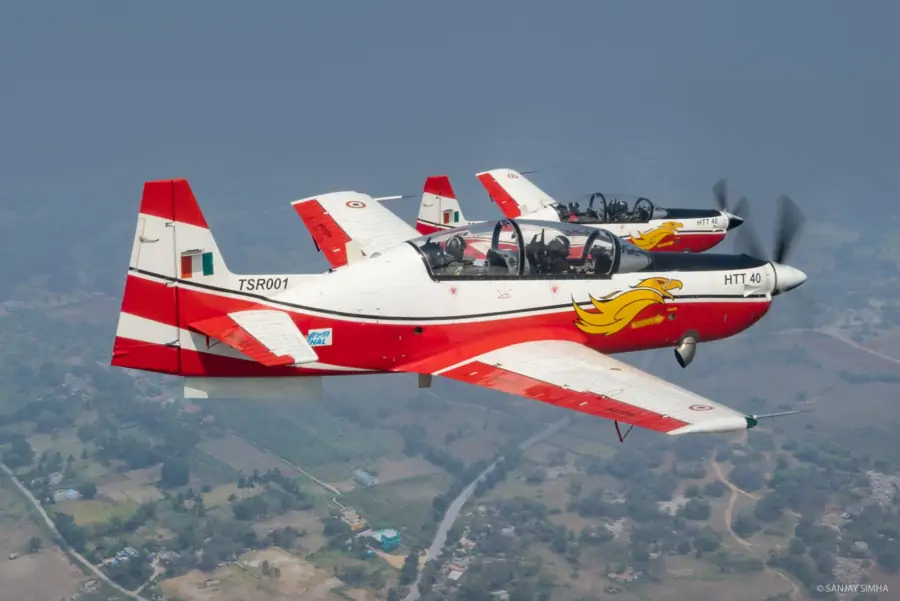
The Union Cabinet on March 1 approved the procurement of 70 HTT-40 basic trainer aircraft developed indigenously by Hindustan Aeronautics Ltd (HAL) for the Indian Air Force (IAF) for INR 6,828 crore.
The delivery of these aircraft will take plover of six years. The HTT-40 is a turboprop aircraft designed to have good low-speed handling qualities and provide effective training. The aircraft is fully aerobatic and has a tandem seat configuration, air-conditioned cockpit, modern avionics, hot re-fuelling, running changeover, and zero-zero ejection seats.
The aircraft will meet the shortage of basic trainer aircraft of IAF for the training of newly inducted pilots, it noted, further adding that the procurement will include associated equipment and training aids including simulators.
The purchase price will include associated equipment and training aids including simulators. Being a fully indigenous trainer, the BTA is configurable for upgrades to incorporate the futuristic requirements of the Indian armed forces.
Union Cabinet approves buying 70 HAL HTT-40 basic trainer aircraft for IAF
Being an indigenous solution, the aircraft is configurable for upgrades to incorporate the futuristic requirements of the IAF, the defence ministry underlined.
The HTT-40 contains approximately 56% indigenous content which will progressively increase to over 60% through the indigenisation of major components and subsystems. The HAL would engage Indian private industry, including MSMEs, in its supply chain, the ministry added.
"The procurement has the potential to provide direct employment to approximately 1,500 personnel and indirect employment for up to 3,000 people spread over more than 100 MSMEs," it noted.
The acquisition of the HTT-40 also provides a fillip to the Indian Aerospace Defence ecosystem and boosts efforts towards ‘Aatmanirbhar Bharat’ or the self-reliant India campaign.
ALSO READ - HAL signs contract with Honeywell for 88 engines for HTT-40 basic trainer aircraft
The Indian Air Force and HAL in October 2022 signed a supply contract for 70 HTT-40 trainer aircraft. The Defence Acquisition Council in October 2020 approved a total acquisition of 106 HTT-40 for the IAF from HAL.
Of these, 70 aircraft would be purchased in the initial phase and the rest after operationalisation of the trainer aircraft in IAF. The aircraft would be manufactured at HAL's Bengaluru and Nasik facilities.
Read next
De Havilland Aircraft of Canada Ltd., a leading manufacturer of turboprop planes, is aiming to win 80% of India’s small-plane market as the country seeks to bolster connectivity in far-flung corners and over rugged terrain.
The company is expecting India to have as many as 120 small aircraft that seat less than 20 passengers in the next 10 years, Yogesh Garg, the manufacturer’s Asia Pacific sales director, said in an interview in New Delhi on Tuesday on the sidelines of the Airline Economics Growth Frontiers India conference.
Small planes are key for India, the world’s fastest-growing aviation market, to connect tiny towns, hilly areas and islands that have a budding population of first-time flyers. Airbus SE estimates India will need 2,210 aircraft by 2040, with most of them being smaller jets.
De Havilland aims to win 80% of India’s small-plane market
De Havilland will face competition from the 19-seater Dornier 228 aircraft. The Hindustan Aeronautics Ltd. made-in-India plane is used by the armed forces, while Alliance Air has one. Another rival is Textron Aviation Inc., with regional carrier IndiaOne Air using its nine-seater Cessna Grand Caravan EX.
Better access to regional travel could help revive tourism and air traffic in India after the pandemic gutted travel. The government has allocated 45 billion rupees (USD 544 million) under a regional connectivity program to develop 100 inadequately served airports, heliports and water aerodromes, in addition to opening 1,000 new routes by next year. It is also giving subsidies to airlines to offer passengers cheaper fares on regional routes.
Budget carrier SpiceJet Ltd. is in discussions with De Havilland for five Twin Otter seaplanes, typically found in the Maldives shuttling tourists to resorts. SpiceJet could deploy the seaplanes, carrying 19 passengers, to reach remote parts of the country lacking runways and ground transport like Andaman and Nicobar Islands, Garg said.
SpiceJet, De Havilland’s top customer in India, currently operates 32 Dash-8 Q400 turboprop planes, which seat between 78 and 90 people, he said. IndiGo, India’s biggest airline, has a fleet of 78 ATR small planes, a joint venture between Airbus SE and Leonardo SpA of Italy.
A spokesperson for SpiceJet didn’t respond to a request for comment.
ALSO READ - FlyBig to receive 10 Twin Otter Series planes from De Havilland Canada
Regional carriers are also expanding their fleet of small planes. FlyBig has placed an order for 10 Twin Otter aircraft, with the first two potentially being delivered by April, Garg said. Gujarat’s aviation infrastructure agency could add amphibious Twin Otters by the end of this year for routes such as the Sabarmati riverfront to the Rann of Kuchchh, a salt marsh popular among tourists in the western Indian state.
(With Inputs from Bloomberg)
Read next
Yatra.com, an online travel agency, has reported an impressive 85% increase in business for FY23, surpassing the domestic air traffic growth of 65% in the first nine months of the year. The company’s buses and trains segment saw a staggering 150% increase, with expectations of continued growth in FY24, according to a report by BusinessLine.
COO and co-Founder Sabina Chopra stated that the company aims to achieve five-fold growth in its corporate travel business over the next five years.
"Travel has come back to normalcy now, and people are travelling without fear of Covid. Combining our B2B and B2C segments, we are almost back to pre-Covid level numbers. We expect this secular trend to continue ahead, and Yatra to reap the benefit of the same, especially on the corporate side due to its superior tech and service capabilities.
Domestically, both corporate and leisure segments are above and beyond the pre-Covid level numbers. We have noticed a hike of 30 to 40% in hotel ADR post-Covid as compared to pre-Covid. This is a great trend given that the industry has had two years of a lull period."
Sabina Chopra, Co-Founder and CCO, Yatra.com
Chopra explained that travellers are opting for alternative modes of transportation, such as buses and trains, due to a hike in airfares over the past few months. She noted, “The demand for trains and buses has grown by 150% in 2022 compared to 2021, we expect this trend to continue in the next fiscal as well.”
Regarding corporate travel, Chopra stated, “Domestic corporate travel has crossed pre-Covid level numbers. We have 770 marquee corporations associated with us, and almost all companies are opting for domestic travel at this point in time; albeit, international travel still isn’t back to pre-Covid levels. Anyway, we are the largest in the corporate segment and we are aiming for a five-fold growth in its corporate travel business over the next five years.”
Yatra.com reports an 85% increase in business for FY23
On the international segment, Chopra noted, “While the demand for short-haul travel is back, and the industry is seeing a surge in searches and bookings, long-haul travel continues to remain constrained. Visa issues continue to persist, and the airfares have shot up like never before.” She also mentioned that Yatra.com has started offering Visa services and that “in the corporate travel business, we have witnessed 300 per cent growth in visa requirements.”
In conclusion, Yatra.com has reported a significant increase in business, exceeding the domestic air traffic growth rate. The company aims to continue expanding its corporate travel business, while also capitalising on the surge in alternative modes of transportation and offering visa services to customers.
(With Inputs from Hindu BusinessLine)
Read next
Centre plans a 30% hike in charges for small airports; Adani-run Lucknow Airport also seeks steep hike
Radhika Bansal
01 Mar 2023
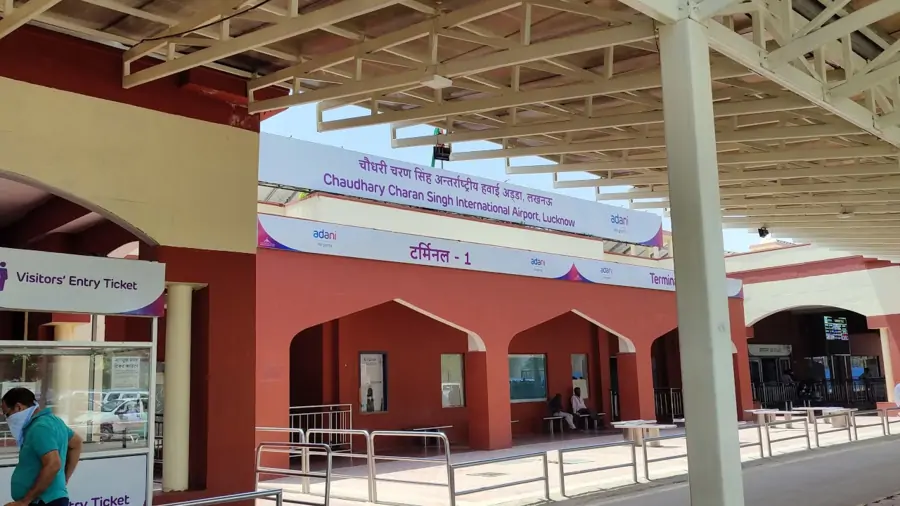
Flights to and from smaller cities and towns are likely to cost more as the Centre has proposed a 30% hike in charges for small airports. The final decision on the same is awaited as the stakeholders might submit suggestions.
The Ministry of Civil Aviation has released a draft concept paper on the determination of aeronautical tariffs for airport services at non-major airports. It has proposed a hike in landing and parking fees for aircraft by 30% and increasing user development fees by four times.
If approved, the new rates would be applicable for airports catering to less than 3.5 million passengers. The hike in fees is also applicable for airports that cater to UDAN flights. The Ude Desh Ka Aam Nagrik (UDAN) scheme basically aims at regional connectivity.
In the paper, the ministry said that the Airports Authority of India (AAI) was the major airport operator in the country, but today many other facilities are being developed and operated by private players and states and that the monopoly of a service provider at a local level still exists. The AAI has said that in absence of revision of charges, smaller airports may suffer INR 4,000 crore losses in five years.
According to the draft concept paper, the airports would be divided into three categories:
Cluster 1: 13 airports that handle 1 million and more passengers a year
Cluster 2: 32 airports that handle 0.1 to 1 million passengers a year
Cluster 3: 32 airports that handle less than 0.1 million passengers a year
The decision on the proposal is yet to be finalised. The stakeholders have been told to submit their suggestions regarding the same by February 28.
In Budget 2023, the government said 50 additional airports, heliports, water aerodromes and advanced landing grounds will be revived for improving regional air connectivity in the country. The announcement was made by finance minister Nirmala Sitharaman while presenting the Union Budget for 2023-24.
Over the past few years, the government has been taking various initiatives, especially the UDAN scheme, to boost regional air connectivity.
Adani Group hikes UDF of Lucknow Airport
Flying out of Lucknow could soon get more expensive. The Adani Group-run Lucknow International Airport Ltd (LIAL) has proposed a steep hike in aeronautical charges like landing and parking charges and user development fees (UDF) in three phases starting from starting April 1, 2023, up to April 1, 2025, to fund the ambitious development plans for this place.
The airport operator has proposed raising the existing UDF per domestic departure from INR 192 to INR 1,025 (taxes extra) in this timeframe or over five times. And by nearly the same amount per international departure from INR 561 to INR 2,756 (taxes extra) in the same period. To be sure, this is what the Adani Group has proposed to the Airports Economic Regulatory Authority (AERA).
Adani Group hikes UDF of Lucknow Airport
The regulator will come out with the final tariff order which usually sees lower rates than the ones suggested by airport operators, something that has happened in all tariff orders till now.
While seeking comments on Chaudhary Charan Singh International Airport’s (CCSIA) aeronautical tariff proposal (ATP) for the “third control period” from April 1, 2021, to March 31, 2026, AERA says it “does its own due diligence and rationalises the tariff rates after (an) exhaustive consultation process and finalises the tariff rate card (after) considering the comments/views of all stakeholders. Final tariff rate card issued by the authority is likely to be different from that submitted by the airport operator."
LIAL has also proposed tariff hikes for domestic and international cargo handling services and integrated fuel storage into plane services. While UDF is directly paid by passengers, the other aero tariffs are levied on airlines that accordingly decide airfares based on their operating costs. Combined with anyway high airfares due to a weak rupee and expensive crude prices, the overall airfares could substantially rise.
CCSIA was the 12th busiest Indian airport in pre-Covid fiscal 2019-20 and 11th in FY 2021-22. The total traffic handled by it in FY 2019-20 was 54.6 lakh with 86% being domestic. It has a domestic and an international terminal. Both the existing terminals at CCSIA have been operating at full capacity.
Airports Authority of India (AAI) initiated the development of a new integrated terminal (T3) in September 2018 in an area of over 1.5 lakh square metres to handle 1 crore passengers per annum to be built at a cost of about INR 1,383 crore. “…due to the Covid pandemic and other reasons, the project got delayed and the overall physical progress of the awarded works was only 30%…The airport operator has issued a revised (cost) for INR 2,030.5 crore,” the AERA consultation paper on CCSIA says.
The Adani group is now developing T3. “…construction of T3 has been projected to be completed in two phases. Phase 1 with a capacity of 80 lakh passengers per annum is planned to be commissioned in FY 2023-24. Upon such commissioning, the airport operator (AO) has planned to shift the operations of both T1 and T2 to T3. Consequently, T1 is planned to be decommissioned and dismantled to pave the way for taking up the expansion of T3 in phase 2,” the consultation paper says."
ALSO READ - Lucknow Airport to get an INR 5000 crore upgrade
The capacity addition planned during phase 2 of (T3) is 50 lakh passengers per annum, which is planned for commissioning in FY 2024-25, after which the total capacity of T3 will be 1.3 crore passengers per annum. The AO plans to use T2 for administrative and operational purposes,” it adds.
The airport operator has also proposed a variable tariff plan (VTP) that will offer lower aero charges to scheduled airlines for starting new International routes to promote Lucknow’s direct connectivity. A new international rohas has been unserved for the last three years from Lucknow by any airline already operating flights from the capital of UP.
AERA will hold a stakeholder consultation meeting on March 7 and comments and counter-comments have to be sent by March 24 and April 5, 2023, respectively. The final order will be issued after that.
(With Inputs from CNBC TV18 and The Times of India)
Read next
108 aircraft grounded by 6 Indian carriers due to supply chain constraints
Radhika Bansal
01 Mar 2023
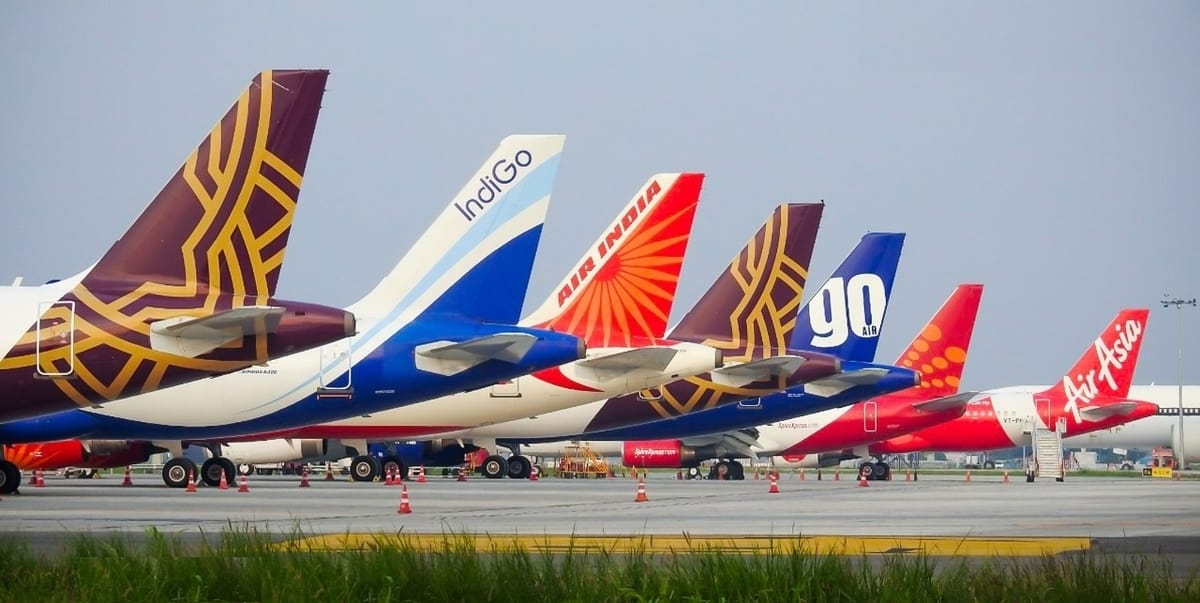
Indian airlines are struggling with a shortage of planes at a time when demand for air travel in India is rising. 108 aircraft are currently grounded across six Indian carriers as a result of supply chain problems and a lack of engine spares, according to a report published in CNBC-TV18.
Going by the available numbers, GoFirst and SpiceJet have the highest number of planes that are not fit to fly. Now SpiceJet and GoFirst, each, have 39% of their fleet, which is the highest fleet among all airlines on the ground.
The six airlines that are in focus are Air India, Air India Express, IndiGo, SpiceJet, GoFirst and Vistara. Although these airlines have not provided a number of their grounded aircraft, according to a fleet tracking site, these six airlines together have 108 aircraft that are not in service. This means they are parked on the tarmac and are awaiting fit to fly clearance.
108 aircraft grounded by 6 Indian carriers due to supply chain constraints
ALSO READ – Around 10-12% of the Indian aircraft fleet grounded due to maintenance or engine-related issues
SpiceJet has 74 planes of which 29 are parked, and GoFirst has 23 of the 59 planes on the ground. IndiGo, the largest airline currently, has 40 of its planes that are not in service which is 13% of its total fleet. And many of IndiGo's planes have been parked for a long time. Air India has 113 aircraft a total of which 13 is 11% of its fleet is on the ground.
ALSO READ - Akasa Air modifies aircraft interiors amid facing global supply chain disruptions
When reaching out to these airlines asking for reasons why their planes are parked. Most of them have blamed supply chain issues and the non-availability of engine spares.
ALSO READ - IndiGo grounds 30 aircraft due to disruptions in the global supply chain
IndiGo says the supply of refreshed engines is slower than expected. While SpiceJet also blamed spares shortage, the airline says some of the parked aircraft are redelivered to lessors but are pending deregistration.
ALSO READ - How Bad is IndiGo’s and GoFirst’s A320 Engine Problem?
IndiGo and GoFirst, both carriers were compelled to ground their aircraft due to delays in engine delivery brought on by significant supply chain disruptions. In contrast to Go First, which is had difficulties filling its capacity and keeping to its schedule, IndiGo has opted to lease planes to meet demand.
ALSO READ - Pratt & Whitney top executives visit India to address engine supply chain issues
Airlines suffer significant financial losses due to Aircraft On Ground (AOG). The airlines anticipate receiving engine deliveries soon, witnessing the aircraft soar into the skies, reduced ticket pricing and less commotion at airports during busy times.
(With Inputs from CNBC TV18)
Read next
Direct flights between India and Copenhagen will resume from March 1, Danish foreign minister Lars Løkke Rasmussen said on February 28. Air India had stopped its non-stop flight between the two capital cities following the coronavirus outbreak.
The carrier, under its new owner, Tata Sons, will restart direct flights on the route from March 1. The flight will leave New Delhi’s Indira Gandhi International Airport on March 1 at 13:30 and reach Copenhagen at 22:20 after 8 hours and 50 minutes.
https://twitter.com/DelhiAirport/status/1630787557759029248
Air India will use its Boeing 787 Boeing Dreamliner for the flight, with a maximum of 256 seats—18 business class and 238 economy class seats. Air India is the only air carrier to operate direct flight services between the two nations.
Earlier this week, Air India's chief executive Campbell Wilson said the airline's focus would be on long-haul and business fliers in addition to leisure passengers.
In February, Air India launched a four-times-a-week non-stop operation from Delhi to Milan, after starting direct flights between Bengaluru and San Francisco in December and new flights between Mumbai and JFK airport in New York from February 14.
Air India set to resume Delhi - Copenhagen direct flights from March 1
ALSO READ - Air India resumes non-stop flights between Mumbai and New York after 4 years
On February 18, Air India resumed non-stop flights between Delhi and Vienna. Flight AI153 operates on Tuesdays, Thursdays, and Saturdays from Delhi, taking off at 14:35 and reaching Vienna at 18:45 (local time).
ALSO READ - Air India resumes non-stop flights between Delhi and Vienna
The new flights are part of Air India's “Vihaan.AI”, which in Sanskrit signifies the dawn of a new era, with identified objectives for Air India over the next five years. The airline plans to increase its market share by over 30% at home, while significantly growing international routes.
ALSO READ – Air India unveils Vihaan.AI – a comprehensive 5 year transformation plan
As part of the plan, Tata Sons, the holding company of the Tata group and the parent company of Air India, is undertaking an overhaul and expansion of Air India and its unit Air India Express.
ALSO READ - From A350s to B777Xs, Air India finalizes the Historic 470 Aircraft deal with Airbus & Boeing

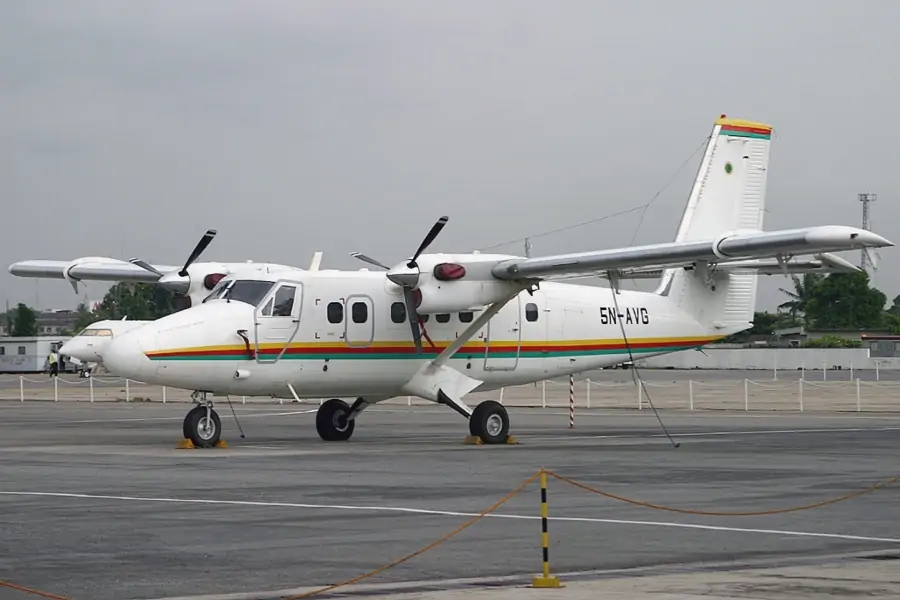

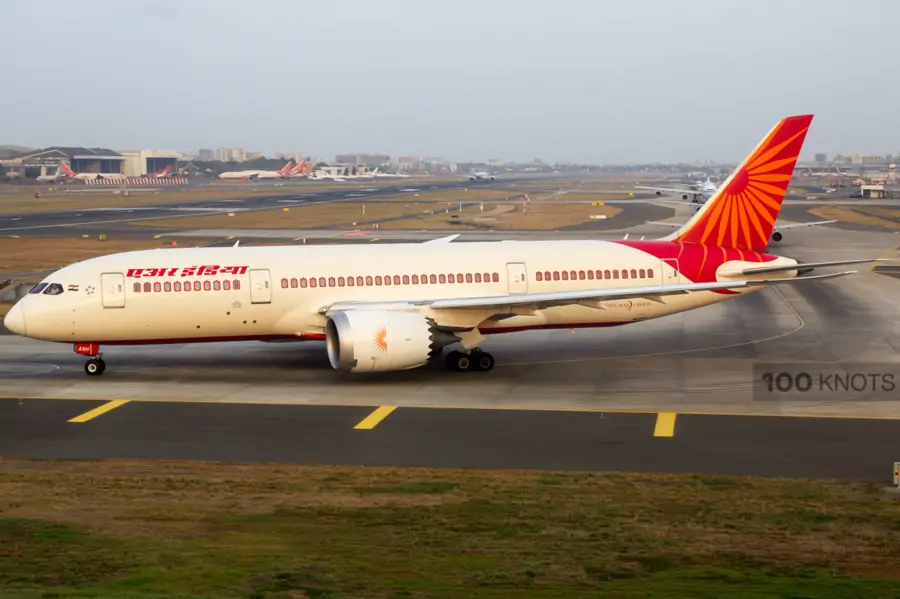
Comment